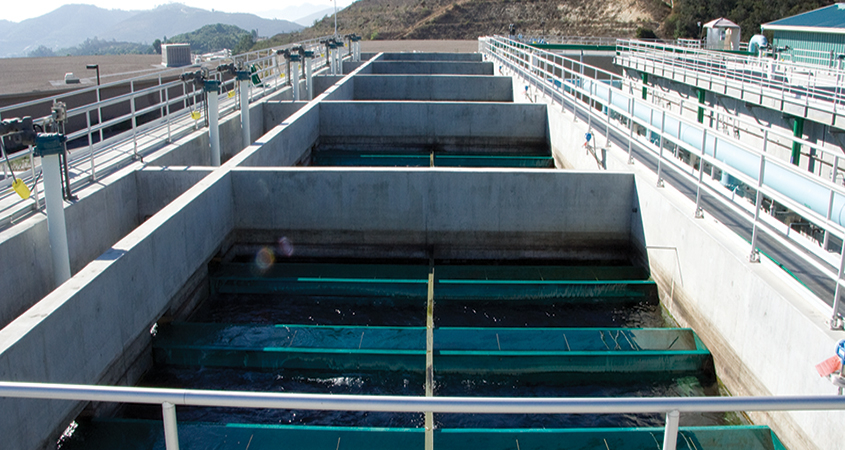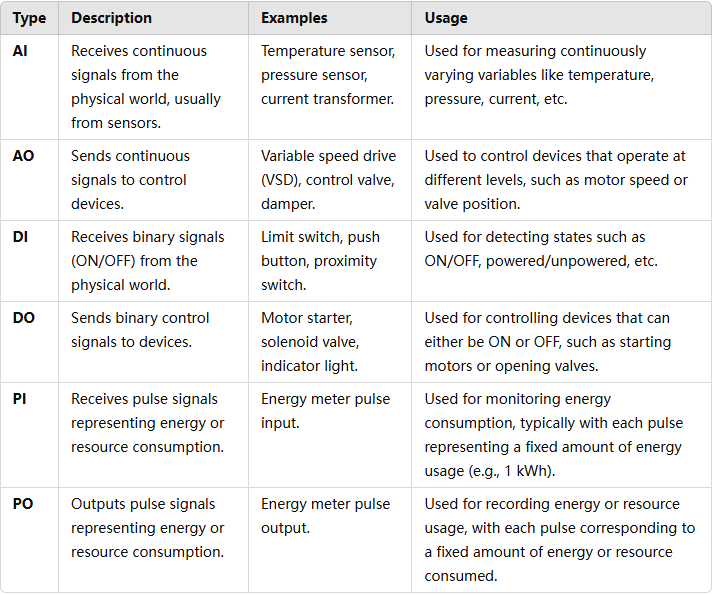Do you know what is electromagnetic flow meter? This article will introduce it from the definition, Electromagnetic Flow Meter Definitionconstruction, types, function, advantages, and disadvantages.
Electromagnetic Flow Meter Definition
An electromagnetic flow meter is an instrument used to measure the flow of conductive liquids, using the principle of electromagnetic induction to measure. It can be widely used in industrial fields, such as chemical industry, water treatment, petroleum, food, etc., and has the characteristics of accuracy and stability. Electromagnetic flowmeters play a vital role in industrial and commercial fields.

Electromagnetic Flow Meter Function
Metering and billing: In industrial production, electromagnetic flow meters are usually used to measure the usage of fluids, such as water, gas, etc., to accurately bill the usage in the industrial production process and ensure the fairness and rationality of resource use.
Flow monitoring and regulation: Electromagnetic flowmeters can accurately measure the flow of fluids, including liquids and gases, thereby achieving real-time monitoring and control of fluid flow in industrial production processes. By monitoring flow changes, valves, pumps, and other equipment can be adjusted to maintain the stable operation of the production process.
Process optimization and energy saving and consumption reduction: By analyzing and controlling flow data, electromagnetic flowmeters can help companies optimize the production process, improve production efficiency, reduce energy consumption and raw material losses, and achieve energy saving and emission reduction goals.
Electromagnetic Flow Meter Construction

1. Magmeter Excitation
The excitation system is one of the cores of the electromagnetic flowmeter, which generates and maintains the magnetic field used for measurement. An alternating magnetic field is usually used to stimulate electric current in conductive liquids. This magnetic field is generated by an exciter or magnetic field generator and is arranged along the direction of fluid flow to ensure measurement accuracy and stability.
2. Flow Tubes, Liners, and Probes
Flow pipes are channels through which fluid flows. They are usually made of corrosion-resistant and high-strength materials, such as stainless steel or plastic. To improve measurement accuracy and protect pipes from corrosion, they are often lined internally with materials such as polytetrafluoroethylene (PTFE). The probe is installed inside or outside the pipeline and is used to generate electromagnetic fields and receive voltage signals.
3. Electrodes
Electrodes are components that receive voltage signals generated by changes in fluid conductivity. The electrodes are usually located outside the flow pipe and separated from the fluid by an insulating material. They sense the voltage signal generated when the fluid passes through the magnetic field and transmit it to the measuring instrument for processing and display. Material selection and location of electrodes are critical to measurement accuracy and stability.
These components work together to form the complete structure of the electromagnetic flowmeter. By generating a magnetic field through the excitation system, a voltage signal is induced when the fluid passes through the flow pipe, and the electrode receives and transmits the signal to the measuring instrument, thereby achieving accurate measurement and monitoring of conductive liquid flow.
Electromagnetic Flow Meter Types
1. Magnetic Inductive Flow Meter:

Working principle: Magnetic induction electromagnetic flowmeter uses Faraday’s law of electromagnetic induction. By applying a magnetic field in the conductive liquid, when the liquid flows through the magnetic field, an induced electromotive force will be generated, which is proportional to the flow rate.
Scope of application: Suitable for most conductive liquids, such as water, acid and alkali solutions, sewage, etc. Widely used in industrial and municipal fields.
2. Magnetic Resonance Flow Meter:
Working principle: The magnetoresistive electromagnetic flowmeter uses the eddy current (Eddy Current) resistance generated when the liquid flows through the magnetic field to measure the flow. Its principle is similar to the eddy current sensor.
Scope of application: Mainly suitable for viscous liquids, liquid-solid two-phase flows and liquids containing particles, such as petroleum, petroleum products, slurries, etc.
3. Capacitive electromagnetic flow meter (Capacitive Flow Meter):
Working principle: A capacitive electromagnetic flowmeter uses the effect of fluid on capacitance to measure flow. When a conductive liquid flows through an electrode, it changes its capacitance value, and the flow rate is calculated by measuring the change in capacitance.
Scope of application: Suitable for measurement of low conductivity liquids, such as petroleum products, saturated steam, etc., and can also be used in the chemical industry and pharmaceutical industry.
4. Thermal Flow Meter:

Working principle: Thermal electromagnetic flowmeter uses thermistor or thermocouple to measure the flow rate of fluid. By heating the sensor and measuring the temperature change, the flow rate can be calculated.
Scope of application: Suitable for liquid or gas flow measurement, such as water, steam, oil, natural gas, etc.
5. Vibrating wire electromagnetic flowmeter (Vortex Flow Meter):

Working principle: The vibrating wire electromagnetic flowmeter measures the flow rate through the vortex frequency generated when the fluid flows through a vibrating body (usually a column).
Scope of application: Mainly used to measure liquid or gas flow, suitable for industrial pipelines, HVAC systems, etc.
Advantages and disadvantages of electromagnetic flow meter
Advantage of electromagnetic flow meter
High accuracy and stability: Electromagnetic flowmeter can achieve high-precision flow measurement, which is not affected by changes in fluid density, viscosity, and temperature, and has high measurement stability.
Wide scope of application: Electromagnetic flow meters are suitable for a variety of conductive liquids, including water, acid-base solutions, sewage, petroleum products, etc., and are widely used in the chemical industry, water treatment, petrochemical industry, food processing and other fields.
No moving parts required: Since the measurement principle of the electromagnetic flowmeter does not involve physical moving parts, it has long-term stable performance and low maintenance costs.
Strong anti-interference ability: Strong ability to interfere with environmental factors, such as temperature, pressure, density, and other changes that have little impact on its measurement, maintaining the stability and accuracy of measurement.
Real-time monitoring and control: It can be integrated with the control system to realize real-time monitoring and control of flow, which helps to regulate the production process and improve production efficiency.
Disadvantages of electromagnetic flow meter
Requirements for conductive liquids: Since the electromagnetic flowmeter uses induced electromotive force to measure flow, it is only suitable for conductive liquids and is not suitable for the measurement of non-conductive liquids or gases.
Higher cost: Compared with some other types of flowmeters, the equipment and installation costs of electromagnetic flowmeters are higher, especially for large-diameter flowmeters, the cost may be higher.
Requirements for large-flow pipelines: For the measurement of large-flow pipelines, a suitable large-diameter electromagnetic flowmeter needs to be selected, which may increase equipment costs and installation complexity.
Environmental limitations: Since electromagnetic flowmeters involve magnetic fields and electromagnetic signals, it is sometimes necessary to pay attention to electromagnetic interference in the environment and the impact of external magnetic fields on measurements.






